Services
Understanding the Role of X Ray Intensifiers in Modern Imaging Technology
In the rapidly evolving field of medical imaging, the X Ray Intensifier plays a pivotal role in enhancing image quality and reducing patient exposure to radiation. According to a report by the American College of Radiology, advancements in imaging technology, particularly the integration of X Ray Intensifiers, have led to improved diagnostic accuracy by up to 30%. These devices amplify the x-ray signal, allowing for clearer imaging while utilizing lower doses of radiation, significantly benefiting patient safety. Furthermore, a study published in the Journal of Radiological Protection highlights that the use of X Ray Intensifiers can decrease imaging time by 50%, resulting in increased efficiency within clinical settings. As healthcare continues to prioritize precision and safety, understanding the role of X Ray Intensifiers is crucial for professionals seeking to leverage modern imaging technologies effectively.

The Evolution of X Ray Intensifiers in Medical Imaging
The evolution of X-ray intensifiers has significantly impacted medical imaging, transforming the way healthcare professionals diagnose and treat patients. Initial reliance on analog image intensifiers has now progressed to fully digital flat-panel technology, enhancing image quality and resolution. This transition not only improves diagnostic capabilities but also supports the trend towards more efficient and portable imaging solutions, such as mobile C-arms. These devices have revolutionized how X-ray imaging is performed in operating rooms, allowing for greater flexibility and spatial efficiency.
Recent advancements in the sector highlight the ongoing integration of modern digital radiography systems across various clinical settings. For instance, the incorporation of Dynamic Digital Radiography (DDR) has led to expanded applications within healthcare facilities, providing real-time imaging with remarkable clarity. Reports suggest that such technologies can enhance procedural accuracy and patient outcomes, while also streamlining workflows in cath labs, where digital imaging is becoming the norm. With continuous innovation, the role of X-ray intensifiers is evolving to meet the diverse needs of modern medicine, ensuring that this vital diagnostic tool remains at the forefront of medical imaging technology.
Key Principles Behind X Ray Intensifier Functionality
X-ray intensifiers play a crucial role in enhancing the quality of imaging in modern medical and industrial applications. At the core of their functionality lies the scintillation process, where the intensifier converts incoming X-ray photons into visible light. This is achieved through phosphor materials that emit light when excited by X-rays. The emitted light is then detected by a camera or other optical systems, significantly improving image brightness and reducing the required radiation dose.
Another key principle behind the operation of X-ray intensifiers is their ability to amplify the signal. By utilizing optical coupling techniques, the image formed by the scintillator can be magnified and made more discernible for diagnostic purposes. This amplification allows for clearer, more detailed images, aiding healthcare professionals in making accurate assessments. Furthermore, the use of advanced materials and technological innovations continues to enhance the efficiency and performance of X-ray intensifiers, ensuring they remain integral to modern imaging technology.
Understanding the Role of X Ray Intensifiers in Modern Imaging Technology - Key Principles Behind X Ray Intensifier Functionality
| Parameter | Description | Value |
|---|---|---|
| Material | Common materials used in X-ray intensifiers | Cesium Iodide, Zinc Cadmium Sulfide |
| Gain | Amplification factor of the intensifier | 1000-5000 times |
| Purpose | Main function of X-ray intensifiers | To enhance the brightness of images |
| Applications | Primary uses of X-ray intensifiers in the industry | Medical imaging, Security screening |
| Image Quality | Impact on image resolution and clarity | High resolution, Reduced noise |
| Lifetime | Typical operational lifespan of an intensifier | 5-10 years |
Impact of X Ray Intensifiers on Image Quality and Patient Safety
X-ray intensifiers play a crucial role in enhancing the quality of images captured during diagnostic procedures. By converting X-ray photons into visible light, these devices significantly improve the brightness and clarity of images, enabling healthcare professionals to detect abnormalities more effectively. High-quality images are essential for accurate diagnoses, and the advancement of intensifier technology has led to finer resolution and reduced noise levels, thus allowing for better visualization of anatomical structures and pathologies.
In addition to enhancing image quality, X-ray intensifiers contribute to patient safety by reducing exposure to ionizing radiation. With improved image brightness, clinicians can utilize lower doses of X-rays without compromising diagnostic effectiveness. This is particularly important in pediatric imaging, where minimizing radiation exposure is critical due to the increased sensitivity of younger patients. Overall, the integration of advanced X-ray intensifiers in modern imaging technology exemplifies a significant improvement in both diagnostic accuracy and patient safety, addressing two of the most vital concerns in the field of radiology.
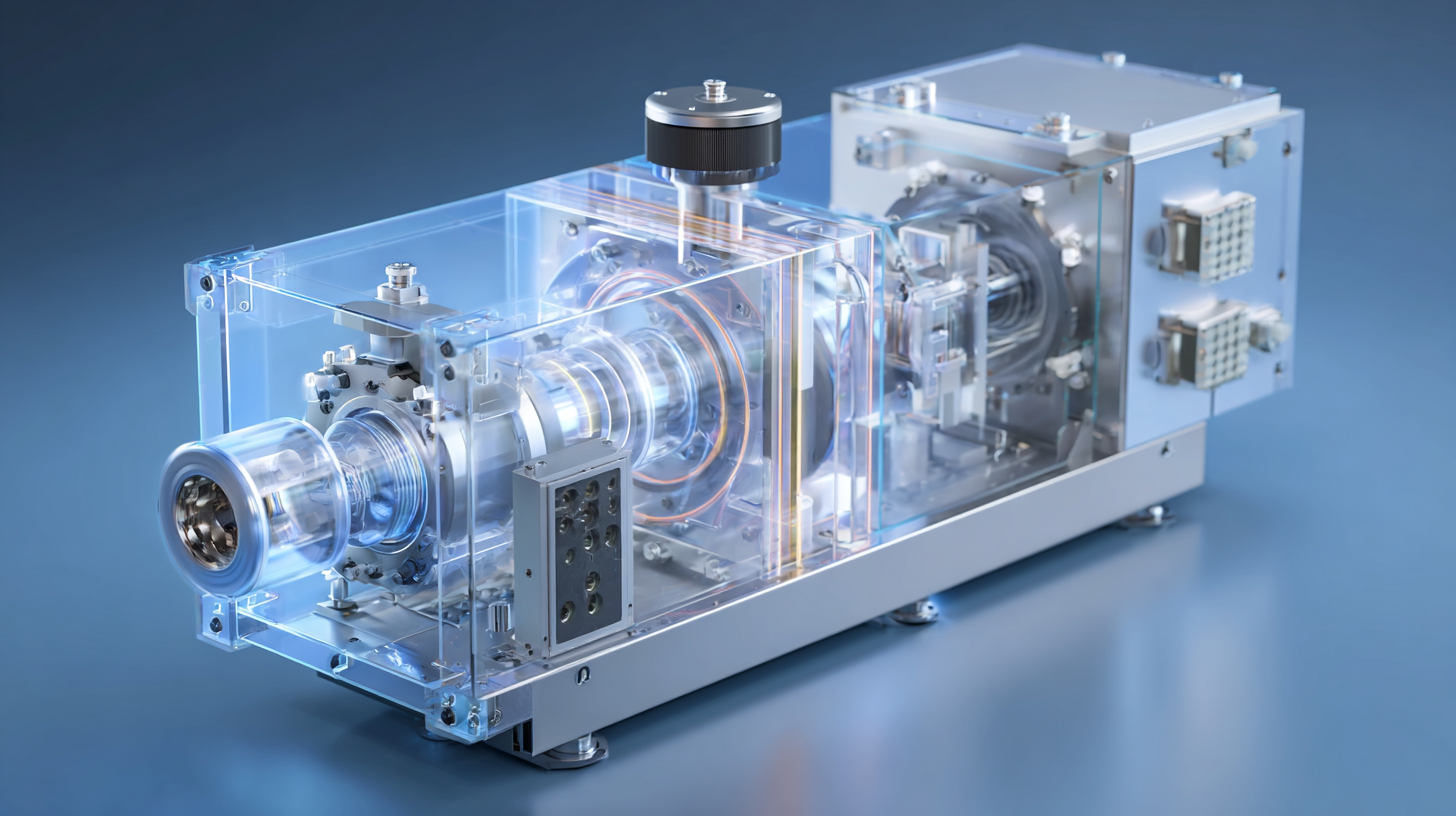
Comparative Analysis: Traditional Methods vs. Modern Intensifiers
Traditional X-ray imaging has long relied on film and direct exposure methods, which, while effective, often resulted in higher doses of radiation and longer exposure times. These conventional techniques require careful handling of sensitive films, and developing them can be time-consuming. Additionally, the images produced may lack detail or contrast, limiting their diagnostic utility. Technologists had to ensure precise positioning to avoid positioning errors that could compromise the diagnostic quality of the images.
In contrast, modern X-ray intensifiers significantly enhance imaging technology by reducing the required radiation dose while improving image quality. These devices amplify the X-ray signal, enabling clearer and more detailed images in a shorter exposure time. Modern intensifiers also incorporate advanced digital technologies, allowing for real-time image processing and instant feedback during procedures. This leads to increased efficiency in clinical settings and improves patient safety by minimizing radiation exposure. As a result, the transition from traditional methods to modern intensifiers represents a crucial advancement in medical imaging, optimizing both patient care and diagnostic accuracy.
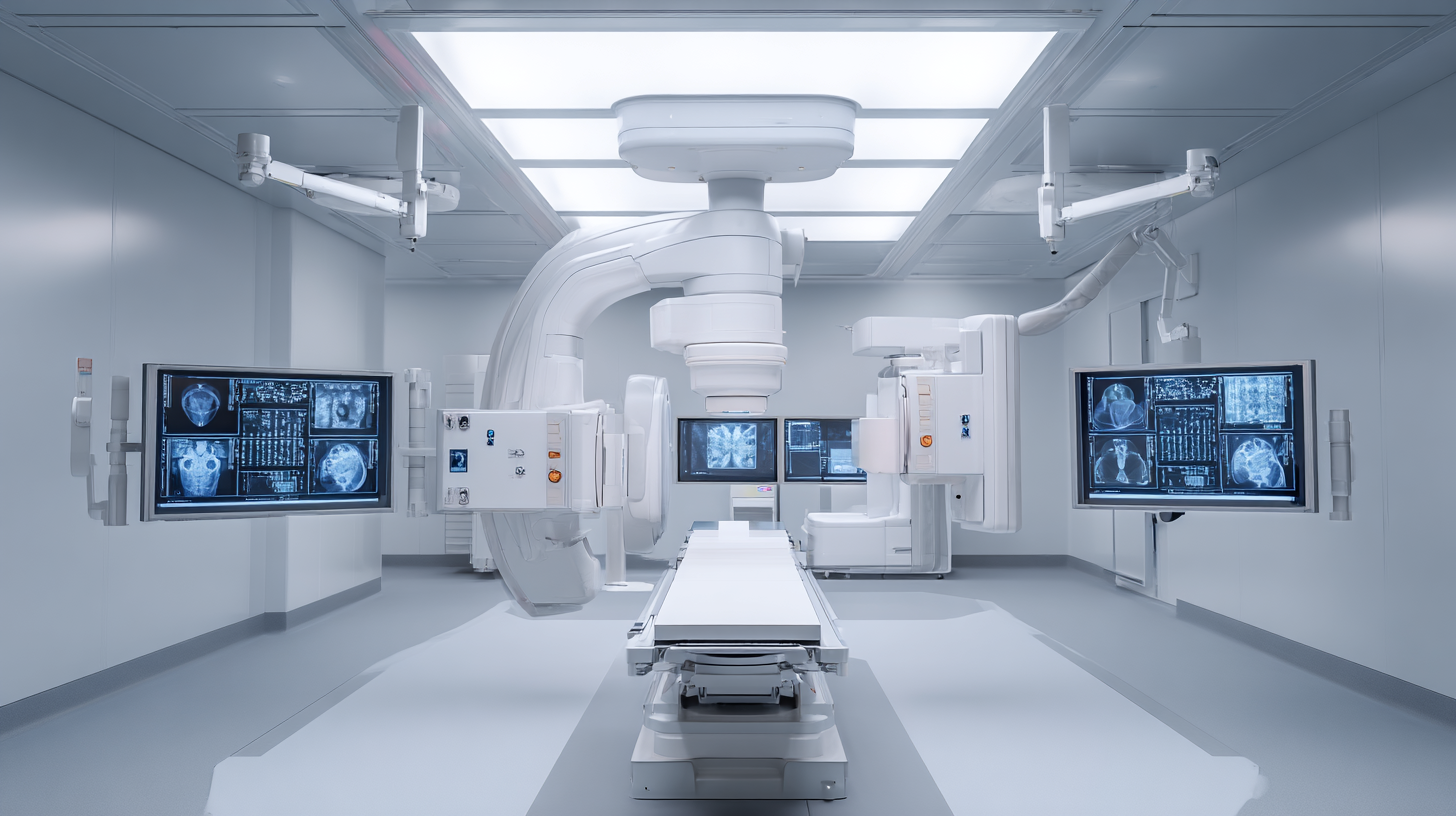
Future Trends in X Ray Intensifier Technology and Applications
The future trends in X-ray intensifier technology and applications are poised to reshape the landscape of modern imaging. As the global goods container X-ray inspection system market is projected to grow from $1.87 billion in 2025 to $2.98 billion by 2032, the demand for efficient and advanced imaging solutions remains robust. This growth is indicative of the increasing reliance on X-ray technology across various sectors, including security and logistics, where precise imaging is crucial for safety and regulatory compliance.
Moreover, the expanding microchannel plate (MCP) market is another testament to the advancements in X-ray technology. With projections estimating an increase from $12.087 million in 2024 to $20.495 million by 2032, innovations in MCP designs are enhancing image quality and efficiency in X-ray applications. These developments not only improve the performance of imaging systems but also broaden their applications in fields such as pharmaceuticals and biotechnology. As researchers and practitioners continue to explore new methodologies and integrate cutting-edge technology, the role of X-ray intensifiers will become increasingly significant in delivering high-resolution imaging for complex investigations and diagnostics.
Understanding the Role of X Ray Intensifiers in Modern Imaging Technology
This chart illustrates the projected advancements in X-ray intensifier technology and its applications over the next decade. The data highlights trends in efficiency, image quality, and usage in various medical fields.
Related Posts
-
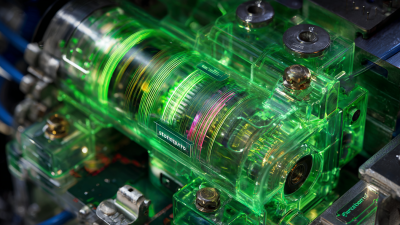
Future Innovations in Best Fluoro Image Intensifiers Shaping 2025 Industry Trends
-
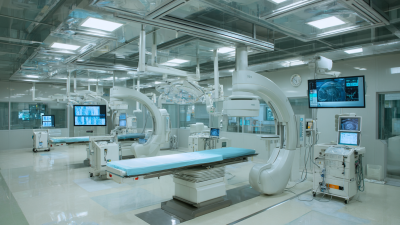
A Comprehensive Comparison of Leading Image Intensifier Fluoroscopy Solutions
-

Innovative Solutions for Improving Diagnostic Accuracy with C Arm Image Intensifiers
-

Exploring Innovative Alternatives to Best Infrared Image Intensifiers for Global Buyers
-

10 Essential Image Intensifier Technologies Transforming Global Procurement Trends
-
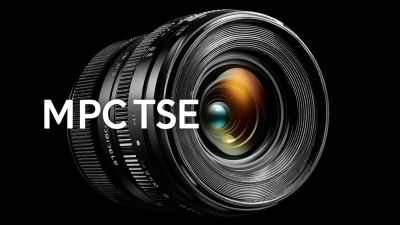
The Ultimate Guide to Selecting the Best MCP Image Intensifier for Your Needs
